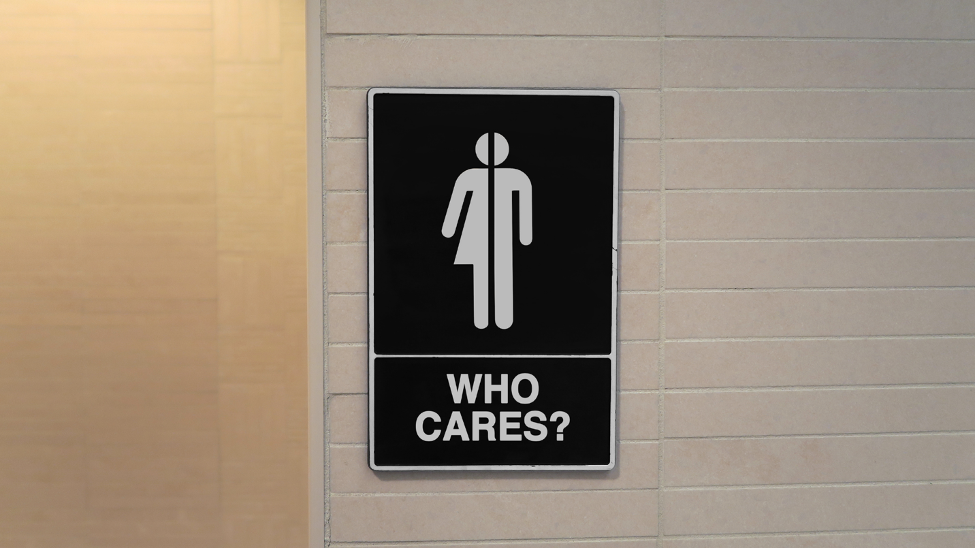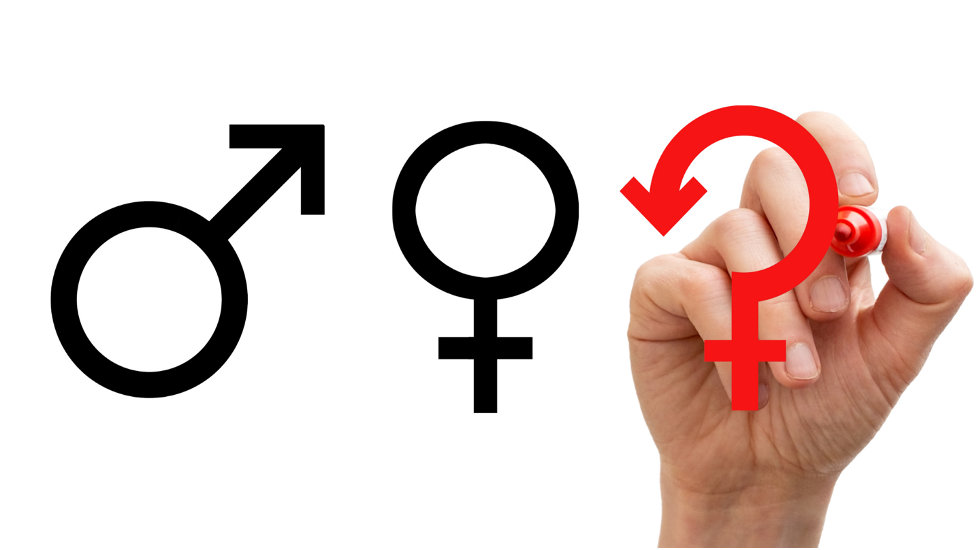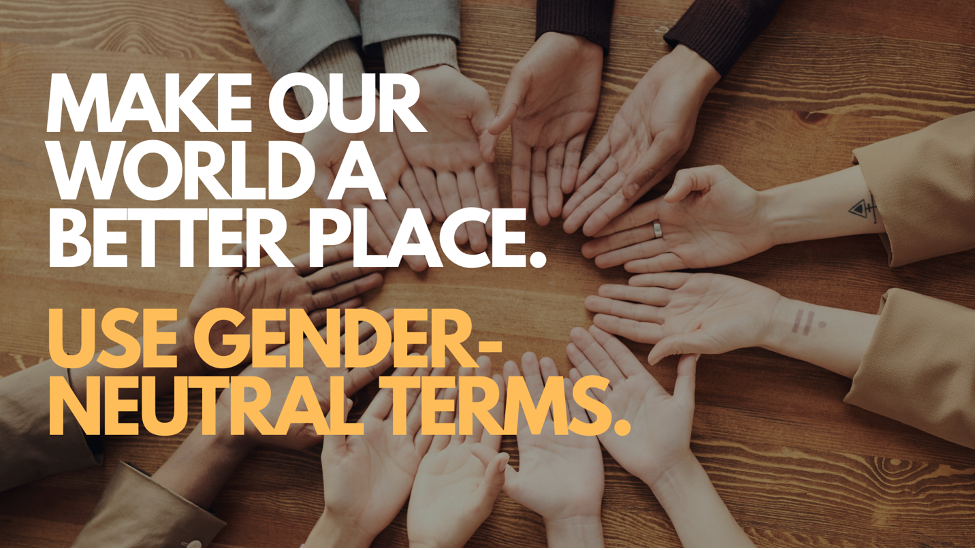To say that language matters is an understatement. Language shapes our social and cultural outlook. What language we use and how we use it speaks so much about the lens by which we see gender. As stated by the UN, “using gender-inclusive language is a powerful way to promote gender equality and eradicate gender biases.
There is a long way to go to advocate for everyone to use terms that do not suggest biases and create a more inclusive environment. But the good thing is the work has already started. We see workplaces embracing the use of gender-neutral terms, people, influential or not, using the language in their day-to-day living, and organizations continuing to strive towards educating the greater masses about the importance of being inclusive.
WHY SHOULD YOU CARE ABOUT USING GENDER-NEUTRAL TERMS?

The use of gender-inclusive terms does not only apply to non-binary people or the people who do not conform with the concept of binary genders— that there are only males and females. Gender-neutral terms apply to everyone. Back in the olden days, women were not allowed to work and hold high positions men dominated. Samples of these are the use of chairman, policeman, congressman, etc. These examples are just some of the many gendered terms we still hear today.
However, women can now hold high positions at work and do jobs that used to be for men only. So, to call a person chairman when that person identifies as a woman or non-binary would be inaccurate. Instead of using titles that have specified gender, use person instead. The term chairman is non-inclusive and outdated. You may say chairperson or chair, congressperson, police or police officer. Doing so does not only prevent you from assuming someone’s sex or gender; it also creates an inclusive environment by removing gender biases.
The use of gender-neutral terms removes the subconscious bias that one gender is superior to the other. It may be a long shot, but choosing to be neutral and inclusive with the language we use could greatly help people around us not feel boxed out or unrecognized. It could also create a safe space for those who are still in the process of coming to terms with their gender and sexuality.
SOME GENDERED TERMS WE COMMONLY USE

There is a long list of terms and words we use that confirms our subconscious biases. While it is understandable that most languages were made following gender binary concepts, we now see an increasing awareness that some of us do not strictly fall under the category of man or woman.
We often use the terms sister, brother, son, or daughter at home when we could just use sibling or child. At school, we got used to calling first-year students freshmen. Even in writing, especially when we send a letter or an email to someone we do not personally know, we use Ms, Mrs., or Mr But when we do not know how a person would like to identify themselves, do not assume by just looking at their photo or their name. Instead, use the honorific Mx.
Speaking of their, another way to avoid assuming one’s gender or sexuality is by using gender-neutral pronouns like they, them, or their. Non-binary people commonly use they/them, but even you could use it if you prefer not to specify your gender.
You can check out this list of gender-neutral terms and start promoting a safe and inclusive space. We also encourage you to read this primer about Gender Identity Terms.


